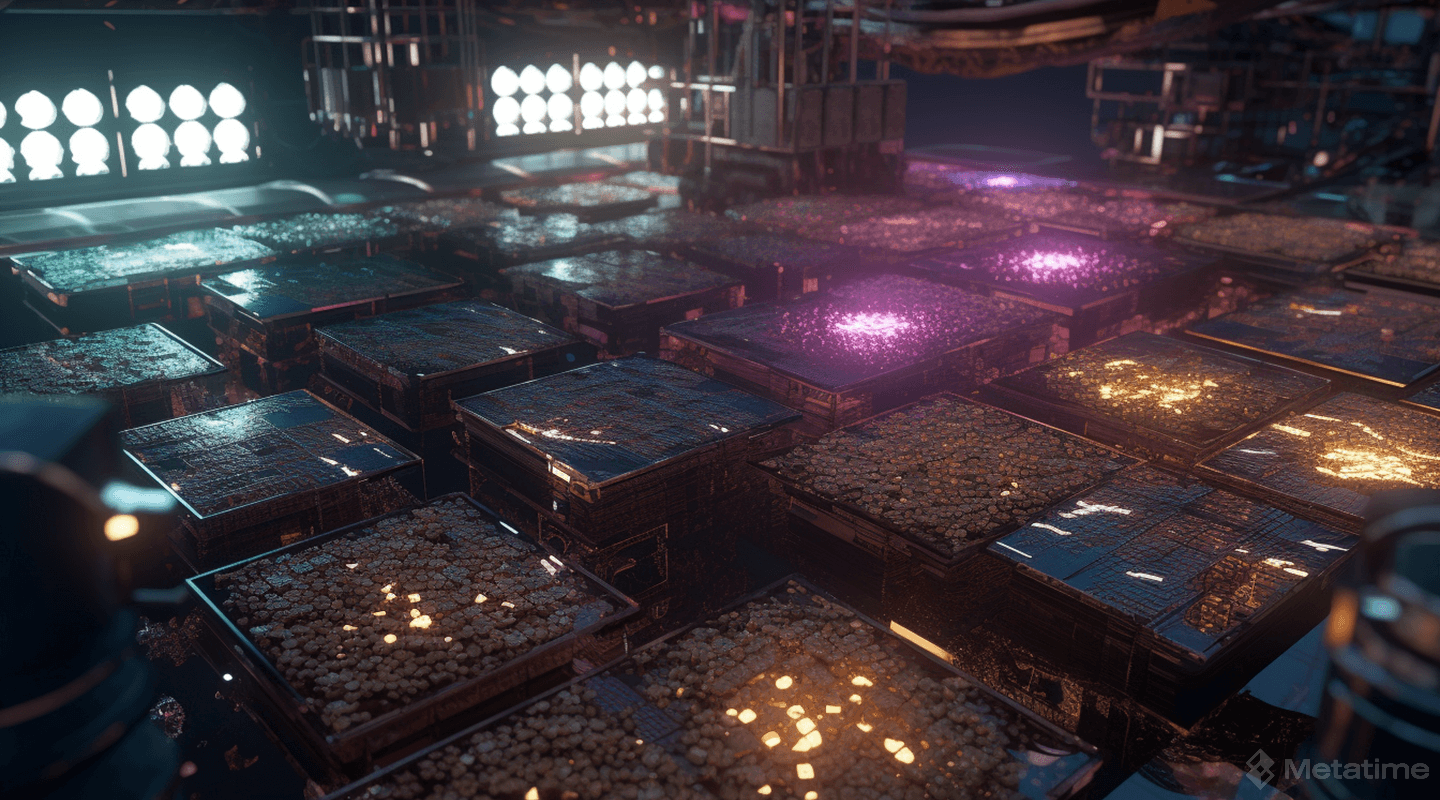Many cryptocurrencies are created by mining cryptocurrencies. In blockchain networks using the Proof of Work consensus mechanism, the nodes responsible for verifying transactions and securing the network are miners. Using the computational power of their hardware, miners solve different cryptographic problems and compete with each other to verify a transaction and add a new block to the chain. The first miner to win the race, i.e. the first miner to verify the transaction, is rewarded with a set number of cryptocurrencies. The cryptocurrencies awarded are called mining bounties, and these cryptocurrencies are newly created cryptocurrencies. This system was designed by Satoshi Nakamoto, the creator of Bitcoin.
As the number of miners in a blockchain network increases, competition between miners and the need for powerful hardware to verify transactions faster increases. To meet these needs, structures called mining pools emerged.
A mining pool refers to a collective group of crypto miners who pool their computational resources across a network to increase the probability of finding a block or successfully mining for the cryptocurrency. Miners within a mining pool work together to be the creator of a block and share the mining reward in proportion to the hardware power they combine within the pool.
How Does Mining Pool Work?
The mining pool is controlled and organized by coordinators. The purpose of the coordinators in the mining pool is to save energy usage by preventing different miners from working on the same block and to ensure that hardware power is not wasted. The coordinator is also responsible for splitting the rewards earned and paying the miners.
In mining pools, miners are rewarded for their contribution to the blockchain network.

- Pay Per Share (PPS)
- Pay Per Last N Shares (PPLNS)
Pay Per Share (PPS)
The pay per share (PPS) method pays a fixed amount for each share submitted. PPS is a fixed amount of reward paid to miners based on the share provided by miners in the mining pool. The stake is a hash used to keep track of how much each miner has worked or contributed. It doesn't matter whether miners have solved a block to get the share, so miners earn the reward regardless of whether they have found a block or not. Miners directly receive a fixed share of the reward for the pool they are in.
Pay Per Last N Shares (PPLNS)
In the pay per last N share method, miners in a pool are rewarded for successfully solving a block. "N" refers to a fixed number determined by any pool. When the pool solves a block, it controls the amount of the last N shares sent. To determine the reward, the number of shares sent is divided by N and the result is multiplied by the block reward. In addition, old shares that are behind the number N are not paid out.
How Is Mining Pool Emerged?
Mining pools have been around for a long time. The first mining pool was founded by Slush on November 27, 2010 under the name Bitcoin.cz Mining (Slush Pool). Slush created this pool because he foresaw that Bitcoin mining would become costly in the future.
What Are the Advantages of Mining Pool?
While success in individual mining can lead to the full reward, it is highly unlikely to be successful due to the high power and hardware requirements. Mining is not seen as a profitable transaction for individuals. Many cryptocurrencies have become increasingly difficult to mine due to the rise in popularity of cryptocurrencies and the high cost of electricity as well as the expensive hardware needed to become a miner.

Miners in a mining pool are more likely to succeed because they work together. At the same time, mining pools help distribute block rewards evenly.
What Are the Disadvantages of Mining Pool?
Participants in a mining pool give up some of their freedom in the mining process. Participants are bound by the terms that the pool sets for itself, which dictate how it approaches the mining process. Participants in mining pools have to split the potential rewards, which means that each participant in the pool has a lower profit share.







